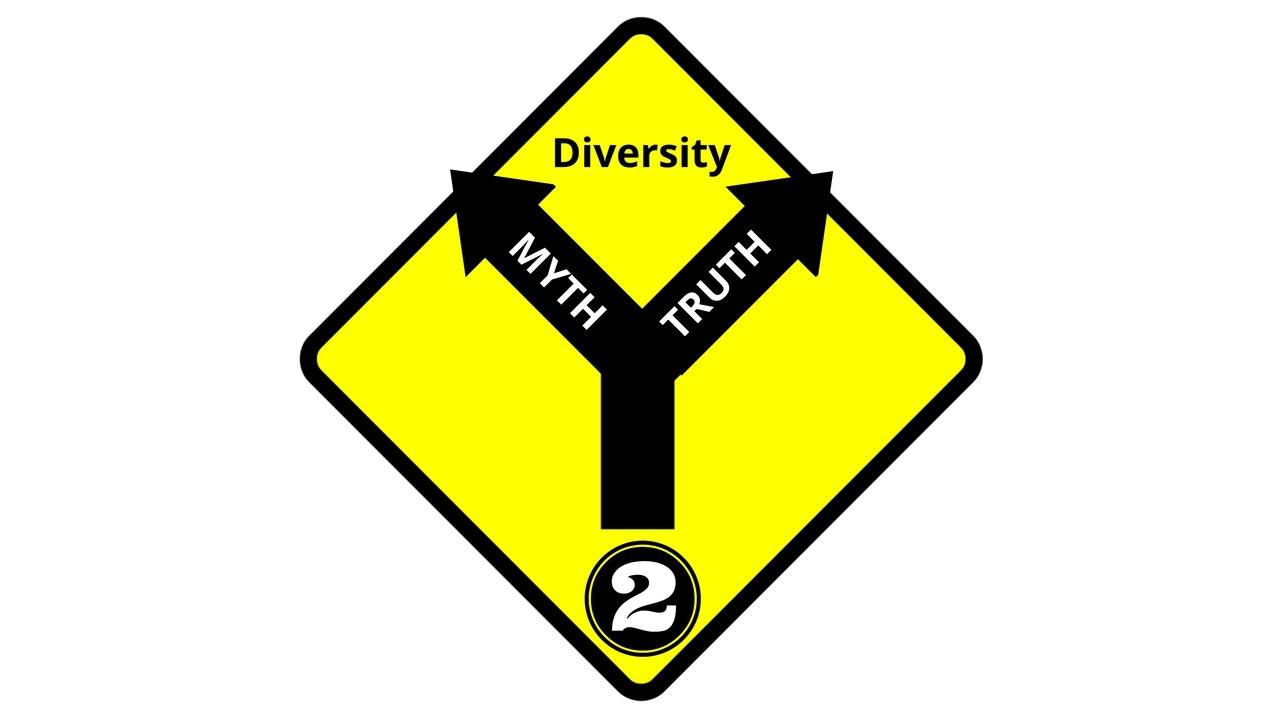 The Winters Group works with clients who are just starting their diversity initiatives to support them in developing their strategies. What we have learned over the past 29 years is that there really is an order to implementing a plan that will be sustainable. Too often organizations start to do “something” just so they can get the ball rolling. Some clients refer to these efforts as quick hits or low hanging fruit. I have witnessed other organizations that circulate a grand statement from the CEO about their commitment to diversity and inclusion and then two years pass and employees see nothing else.
The Winters Group works with clients who are just starting their diversity initiatives to support them in developing their strategies. What we have learned over the past 29 years is that there really is an order to implementing a plan that will be sustainable. Too often organizations start to do “something” just so they can get the ball rolling. Some clients refer to these efforts as quick hits or low hanging fruit. I have witnessed other organizations that circulate a grand statement from the CEO about their commitment to diversity and inclusion and then two years pass and employees see nothing else.
In parts 2 and 3 and 4, we will outline in more detail the specific ordered steps we recommend.
This week I want to focus on several really critical realities that must be accepted as you begin to develop your diversity and inclusion strategy:
#1: It will take several years. I have heard all too often, “we need to do something now. We don’t have a few years.” The old saying goes if you fail to plan, you plan to fail. Diversity and inclusion is almost always about culture change and culture change takes at least 5 years. Sodexo’s Senior Vice President and Chief Diversity Officer, Rohini Anand, attests to this reality. It took Sodexo nine years to get to the point where she would truly say it is a different culture from 2002. Do not underestimate the time the effort will take and do not allow others to try to convince you that the diversity vision needs to be realized in a short period of time.
#2: Leadership involvement and engagement is required. I know leadership commitment is diversity 101. Everybody knows that, but I am not sure that everybody knows what it really means and how to get it. You will want to spend enough time in the planning stages getting top management involved and engaged. I don’t mean just getting their lip service or their signature on the diversity and inclusion statement. It means spending time with the senior leadership team to really get their buy-in. In several organizations that we consulted with, just that effort alone took one year. However, once senior leader commitment was secured via assessments, education and making connections to business outcomes, moving forward with the rest of the strategy was much easier. How will you know when senior leaders are really engaged? (1) They will be coming to you rather than you going to them to talk about diversity efforts. (2)They will be serving as sponsors, mentors and have increased external visibility. (3)Diversity and inclusion will be one of the core business strategies. (4)Diversity and inclusion will be on every business meeting agenda. (5)Leaders will eagerly engage in their own ongoing education to become more interculturally competent. Leadership involvement is key. Do not get discouraged if it takes longer than you think it should to secure it and don’t try to move forward without it. I will spend more time on how to secure leadership engagement in the next post.
#3. HR cannot own D&I. If diversity and inclusion is viewed as an HR initiative, which HR should own and drive, diversity and inclusion efforts will not be sustained. Obviously there are a lot of pieces to diversity and inclusion which are HR related such as talent acquisition, development and retention. From the very beginning, leadership should be accountable for diversity and inclusion outcomes. They need to own diversity and inclusion just as they own safety or Six Sigma. HR should serve as subject matter experts, facilitators and conveners but not owners. If #2 above is done well, it will not be a hard sell for senior leaders to understand the key role that they play.
If your organization is clear on these prerequisites for success, you are ready to develop the strategy. The next three posts will provide detailed “how to’s”.



















Thanks for reiterating these fundamental tenets. I would agree these are time tested and true foundations for sustainability!
Hi David,
Thanks for your positive comments! Hope all is well.
Stumbled across your blog while researching; thanks for restating the obvious. Sometimes we get so caught up in the forrest – we forget or dont see the trees!